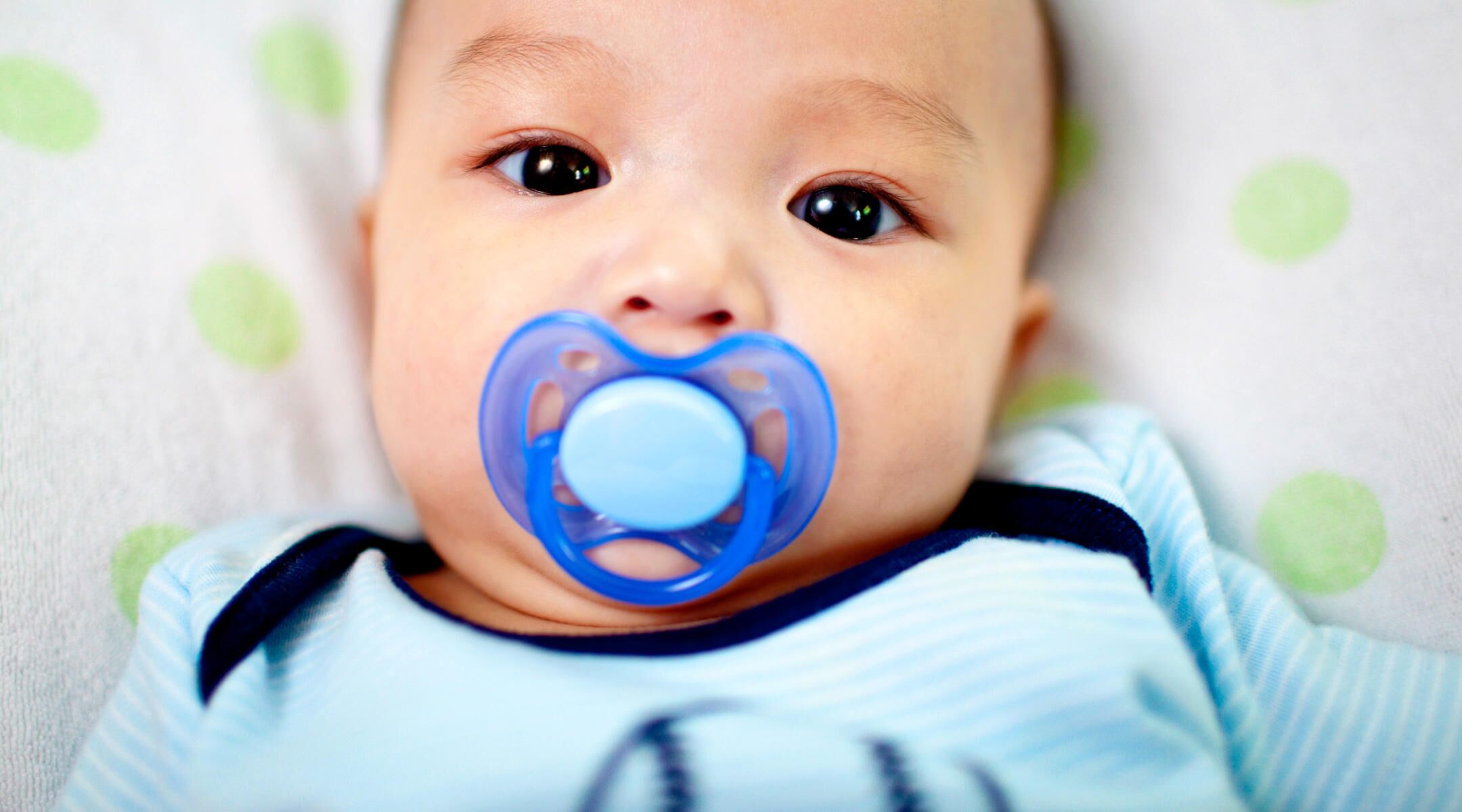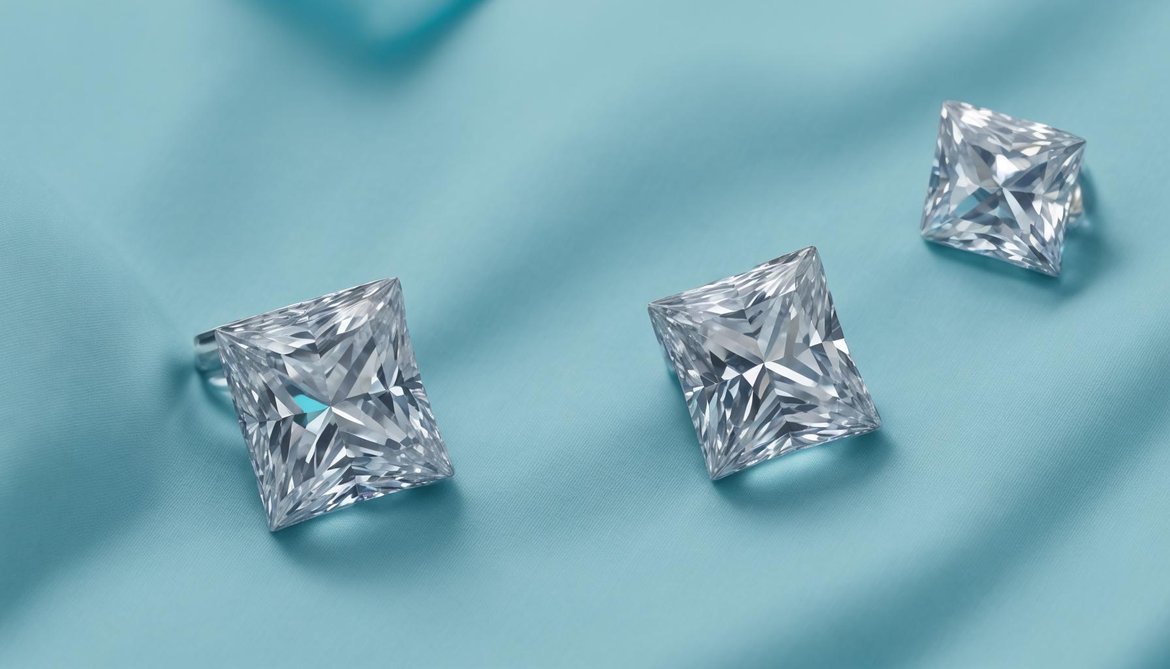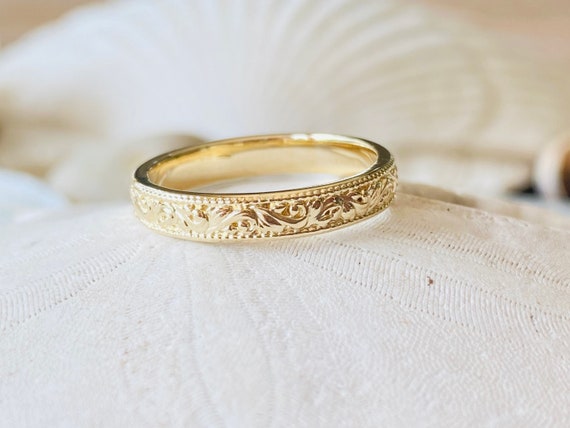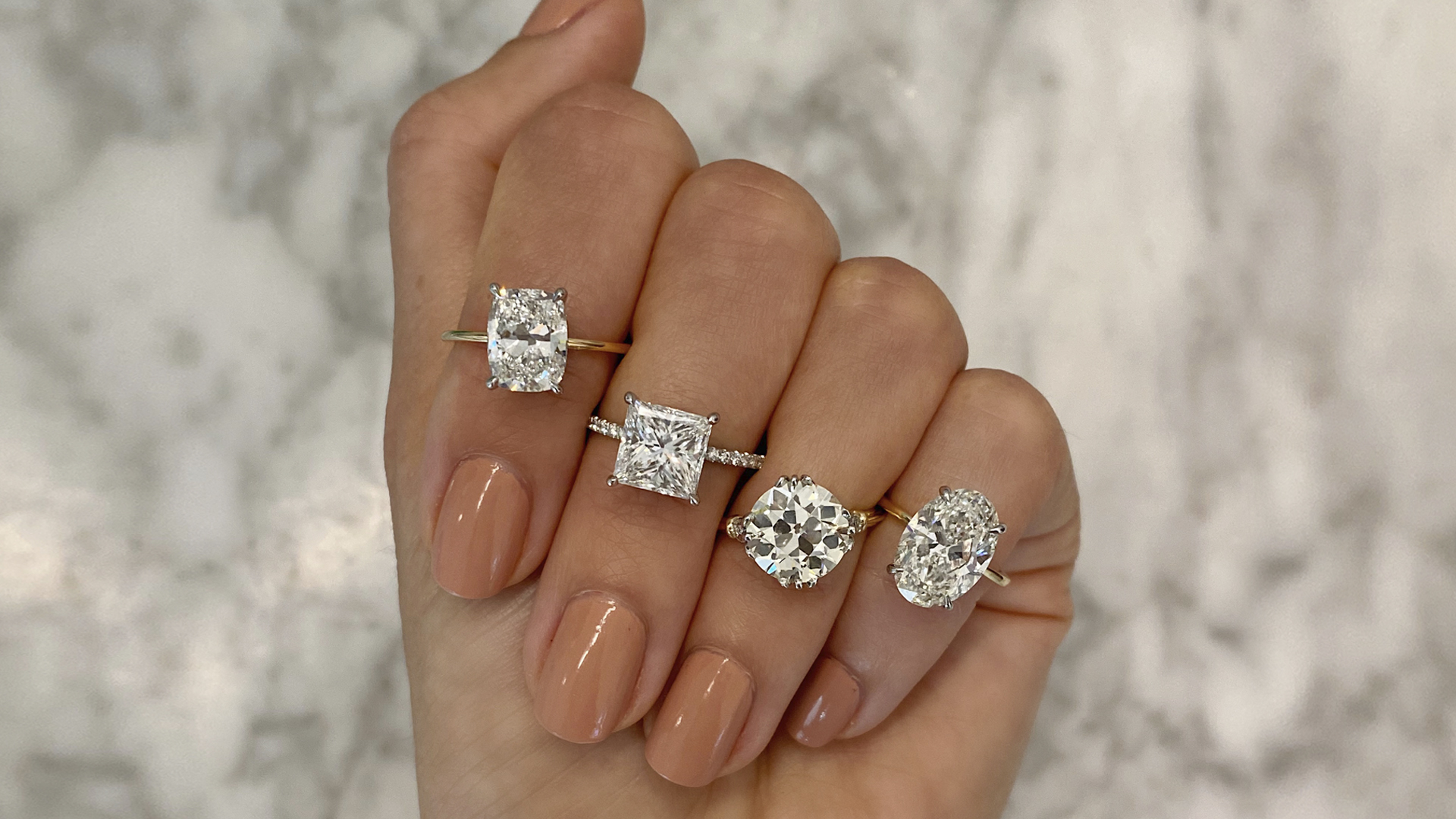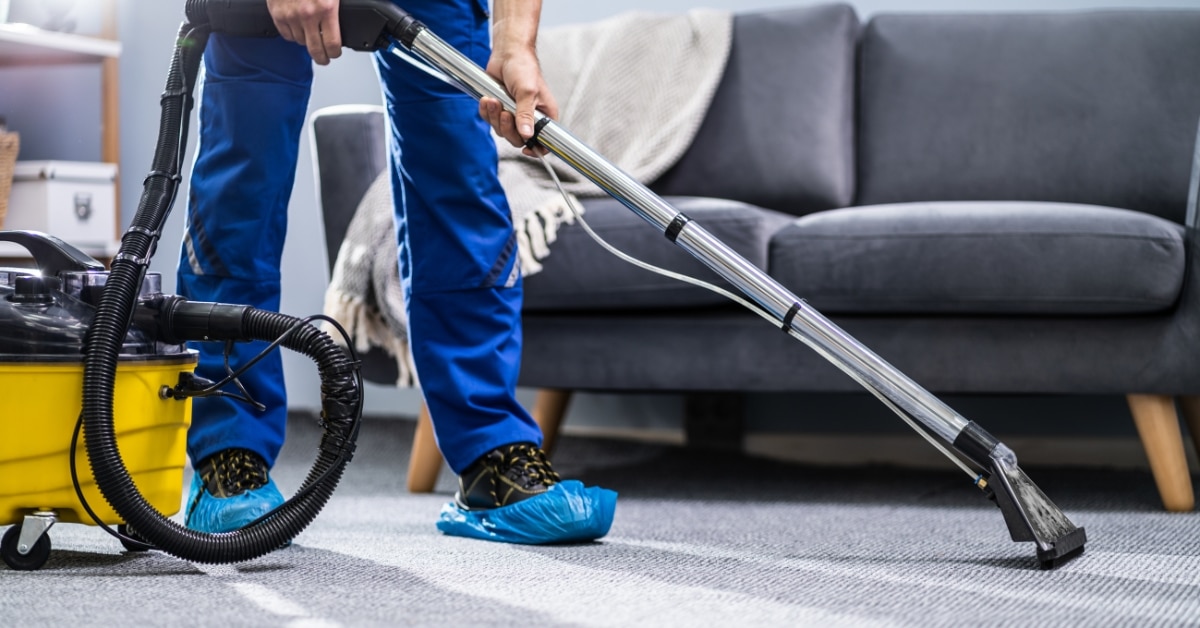Benefits of Baby Pacifiers

A pacifier is a nipple substitute made of rubber, plastic, or polyurethane that is given to a newborn to suckle on between breastfeeding to relieve distress by gratifying the same urge to suck when the infant is not underfed. An prolonged teat, a head shield, and a handle are the three pieces of a pacifier.
The mouth barrier in the pacifiers is adequate to prevent the infant from putting thepacifier in its mouth, eliminating the risk of the youngster swallowing it and choking.
There are several benefits your child will gain using a pacifier, outlined in this blog.
Induce Analgesia
Pacifiers have traditionally been used to alleviate pain and anxiety. Pacifiers are one of the major strategies for pain treatment in newborns and infants less than six months who are having minor procedures in the emergency department, according to a sub-section of the American Academy of Pediatrics (AAP). Within two minutes following a procedure, a tiny volume of sucrose solution (2 mL) can be given alone or with a pacifier or suck; the combination appears to be more beneficial.
Prevent Infant Death Syndrome
To lessen the probability of sudden infant death syndrome, AAP guidelines recommend giving pacifiers to babies as soon as they fall asleep (SIDS). Nursing infants should not be given pacifiers until they are one month old, according to the guidelines, because later pacifier use has fewer detrimental effects on breastfeeding. If the infant spits out the pacifier, it should not be forced back in or reinserted during sleep.
Can Be Given Breastfeed Babies
Truth. A healthy nursed baby can be given a pacifier from the moment he or she is born. The use of a pacifier in healthy nursing newborns, beginning at birth or after lactation is developed, has been demonstrated in studies to have no effect on the frequency or longevity of continuous and concurrent breastfeeding up to 4 months of age. 2 Since you and your baby have gotten used to breastfeeding, you might choose to introduce a pacifier. It’s crucial to avoid using a pacifier to substitute or postpone feeding time!
Provide Pain Relief
Pacifiers have been demonstrated to help babies cope with upset and suffering during minor events1, such as getting injections or blood collected at the pediatrician’s office. Gobbling on a pacifier might help your baby relax and unwind. This is particularly true during teething episodes, when your kid may be irritated and have aches and pains. A pacifier can help alleviate some of the pain. Simply keep an eye on your baby’s disposables and replace them as soon as they become worn out.
If you believe that using a pacifier is a decent alternative for your child, think about which one is ideal for him. From extra-small sizes for infants to one-piece pacifiers made of 100 percent silicone to pacifiers developed exclusively for daytime or nocturnal usage, pacifiers come in a variety of shapes, sizes, and materials. Make sure to go through all of various pacifier selections to discover the right one for your child! BIBSis there for you at every stage of your child’s development.

